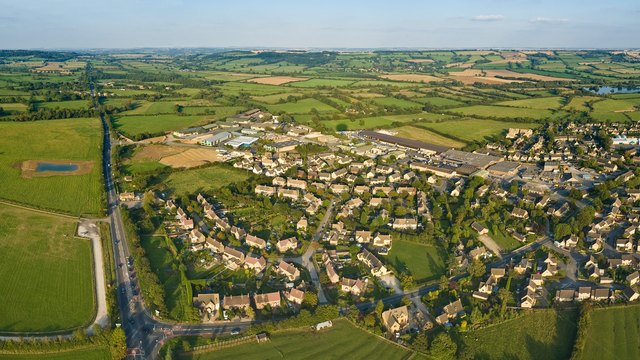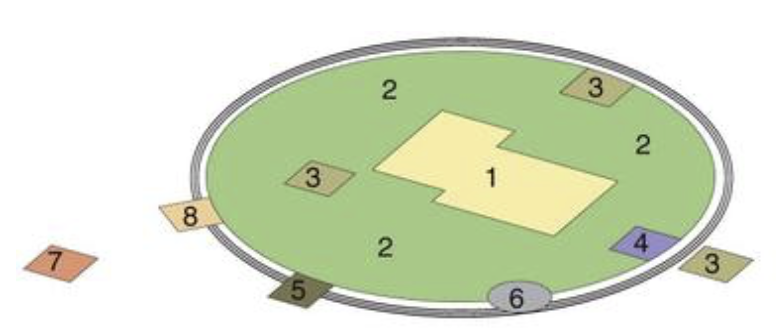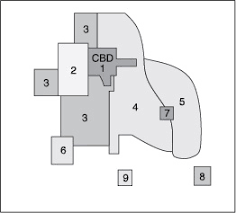AQPHG Unit 6
1/20
There's no tags or description
Looks like no tags are added yet.
Name | Mastery | Learn | Test | Matching | Spaced |
|---|
No study sessions yet.
21 Terms
Zoning
Laws that dictate how land can be used (residential, commercial, industrial)
Infilling
development of underused land in urban areas for commercial/residential use
megacity
- city with 10 million or more residents
- expected to be in periphery & semi-periphery countries
- Rapid growth, often unplanned; high poverty, informal settlements (slums)
Manila, Philippines 🇵🇭 (~14M)
Lagos, Nigeria 🇳🇬 (~15M)
meta city
city with over 20 million residents
mostly in core countries
More developed infrastructure, major global economic hubs
Tokyo, Japan 🇯🇵 (~37M)
Seoul, South Korea 🇰🇷 (~25M)
boom burg
fast growing suburban that developed into a sprawling city
is not the main city of a metropolitan area.
consists of office, retail, and light industrial spaces, as well as trendy restaurants and upscale shops.
exurb
settlement outside suburban area but still connected to metro area

edge cities
an urban area with a large suburban residential and business area surrounding it
urban decentralization
businesses moving away from center
world cities
control center of the global economy
not necessarily the largest population
New York city (ex. hearth of hip hop, United Nations)
Los Angeles (ex. Hollywood)
Rank-size rule
largest city by population is the base line that other cities are ranked accordingly
New York City (8.6 M)
Los Angeles (4 M)
Chicago (2.6M)
Primate City Rule
largest city that far exceeds the next city’s population size & importance
mexico city (20 M)
Guadalajara (5 M)
Gravity Model
the larger & closer 2 cities are the more interactions they’ll have
Christaller’s center place theory
all market areas are focused on a central settlement that is a place of exchange and service provision
limitations
assumes flat land
only considers economic decisions (other functions like government)
doesn’t consider transportation & tech (online shopping)

infrastructure
all systems/structures that support population
smart growth policies
tries to combat urban sprawl
mixed land use
walkable neighborhoods
diverse housing options
protection of natural environment
greenbelt
ideas with plants that surround a city
barrier between urban and rural areas

disamenity zones
places where there’s no amenities like water or sanitization
Inclusionary Zoning
Policies that require parts of new developments to include affordable housing to law income residents
galactic model

multiple nuclei model

metropolitan area
city surrounding areas that are influenced economicallu and culturally by the city